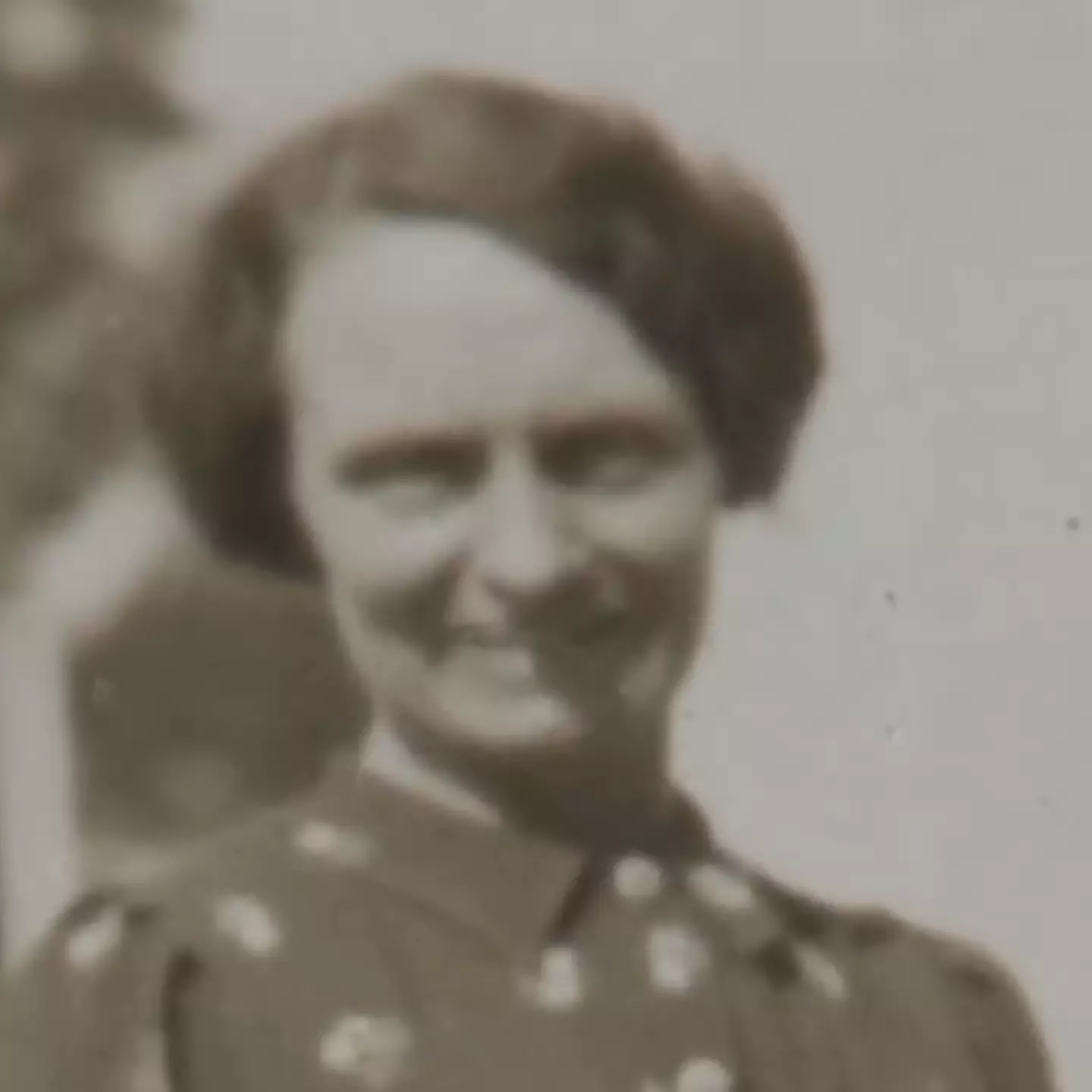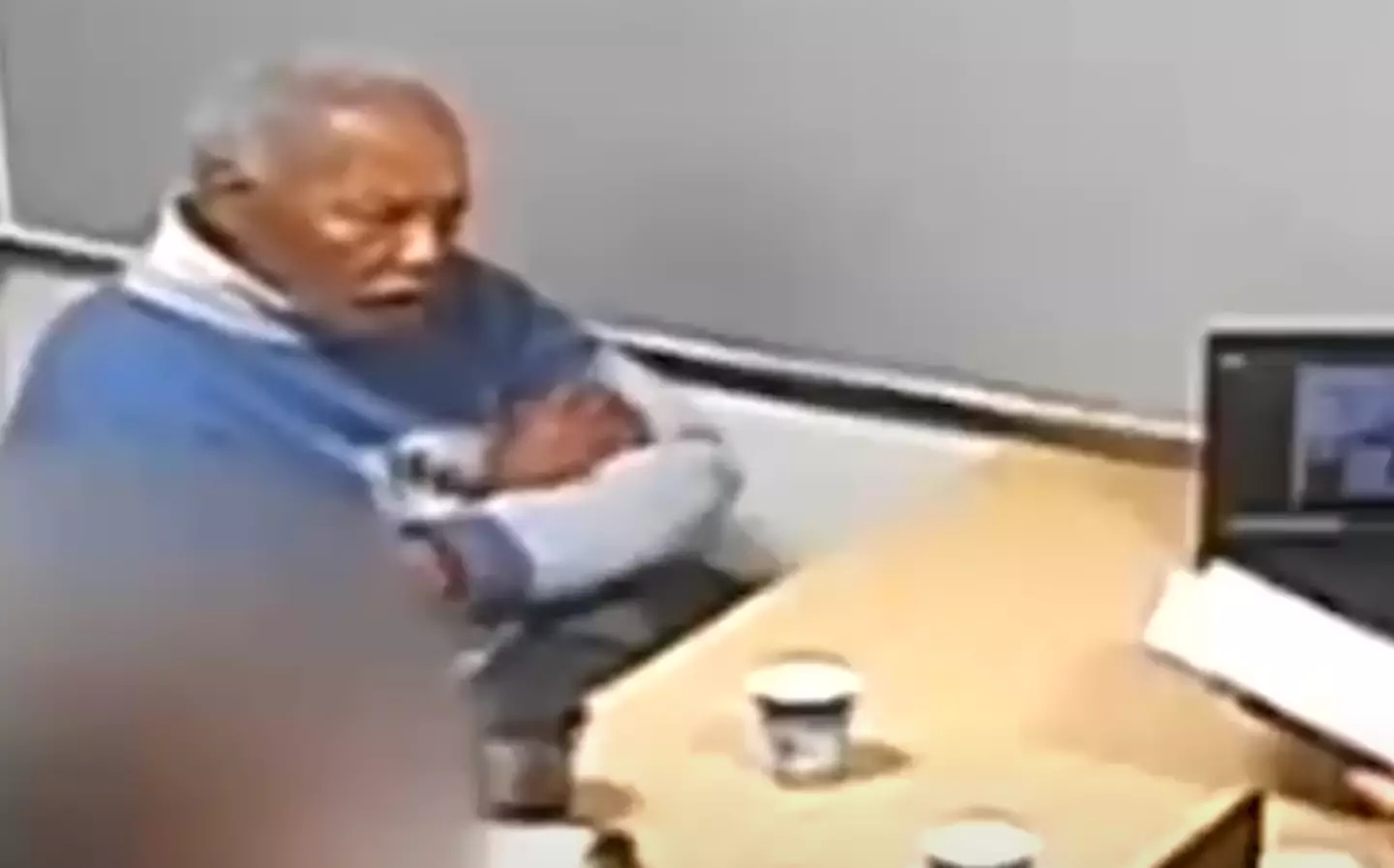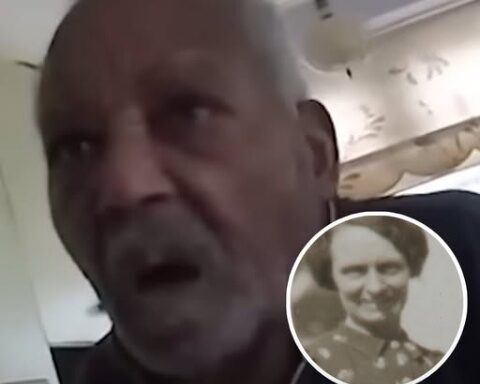92-year-old man arrested and found guilty of murdering woman born 133 years ago due to new DNA evidence
Warning: This article contains discussion of rape which some readers may find distressing.
A 92-year-old man has been convicted of raping and murdering a woman who was born 133 years ago in a long-awaited conclusion to what is thought to be the UK’s longest cold case to reach trial.
Ryland Headley was convicted at Bristol Crown Court on Monday (June 30), almost 60 years after the death of 75-year-old mother of two, Louisa Dunne.
Louisa’s neighbors became concerned about her whereabouts on the morning of 28 June, 1967, when they realized she wasn’t standing on her doorstep as she usually would.
When they went to check on her, the neighbors found Louisa lying dead inside her home, with blood coming from one ear and her underwear around her ankles.
Police investigating the scene at the time found traces of semen and palm prints, but DNA testing was not available at the time. An examination also found ‘extensive abrasions’ on Louisa’s face, thought to have been caused by a hand pressed to her mouth.


Louisa Dunne was 75 at the time of her death (Sky News)
Speaking to Sky News, Detective Inspector Dave Marchant from Avon and Somerset Police explained: “The original investigation was, by all accounts, massive.
“Over 19,000 palm print eliminations were taken from men and boys in the Bristol area and beyond. Over 8,000 house-to-house records were completed and several thousand statements were taken.”
However, Headley, who was in his 30s at the time, lived just outside the area police had been canvassing.
As no culprits were identified at the time, the evidence was stored at Avon and Somerset Police HQ, where it remained until the case received renewed attention in 2024.
With advancements in DNA testing, police were able to found a match from the DNA on the sperm in the national database, which revealed it was ‘a billion times’ more likely to belong to Headley than anyone else.
Forensic experts were also able to match the palm prints found at the scene to Headley.


Ryland Headley was arrested in November 2024 (Sky News)
In November 2024, Headley was arrested and later went to trial.
The court heard how Headley had spent time behind bars for committing two other rapes around a decade after Louisa’s murder, prompting prosecutor Anna Vigars KC to tell the jury that Headley had a ‘tendency’ to carry out the kind of behavior seen surrounding Louisa’s death.
“In other words, to break into people’s homes at night and, in some cases, to target an elderly woman living alone, to have sex with her despite her attempts to fend him off, and to threaten violence,” she said.
Following the trial, the jury found Headley guilty on both the rape and murder charges.
DI Marchant said the result showed the importance of diving back in to cold cases, saying: “I think this investigation shows you should never give up.”
